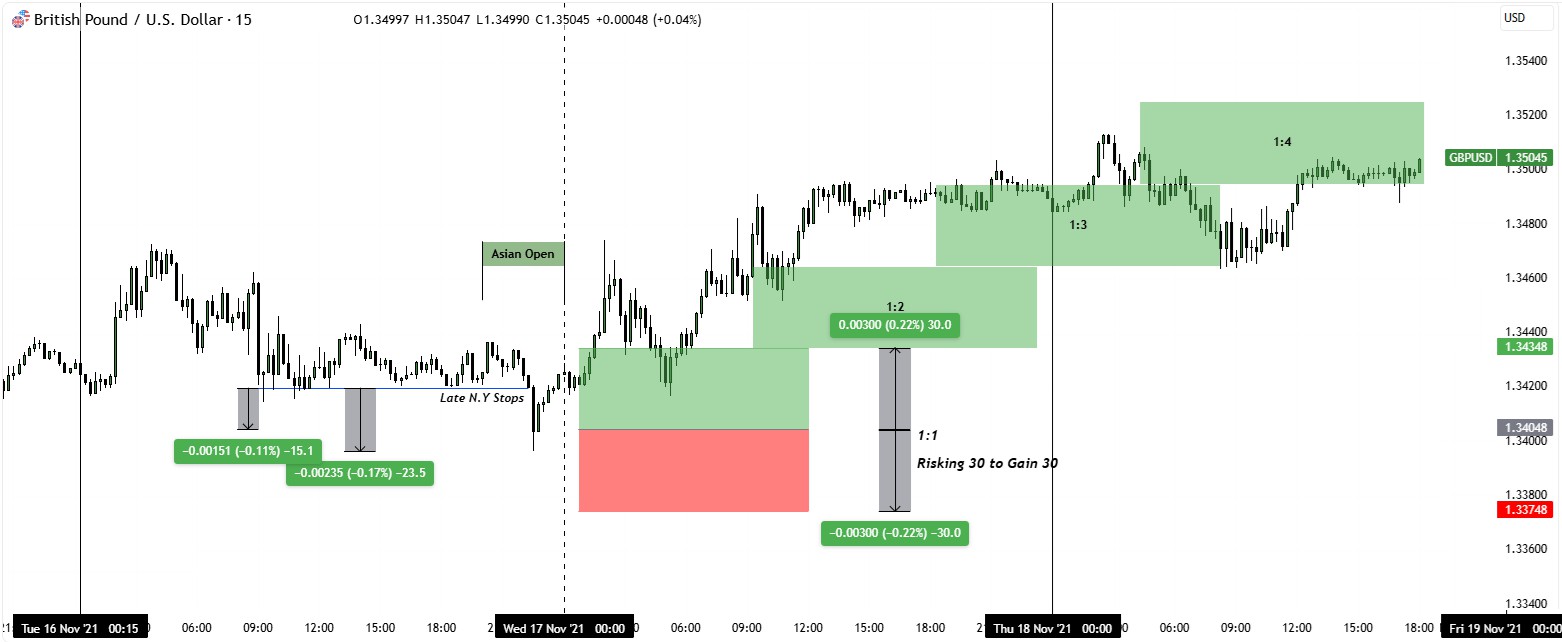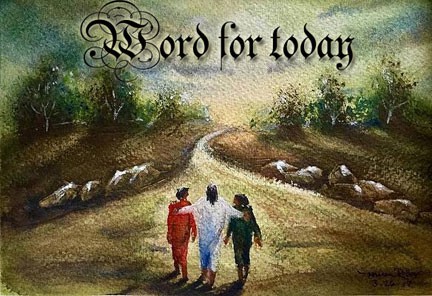Watch
Events
Articles
Market
More
There was a woman who was pregnant with twins and had to go to the hospital to give birth. Her husband was out of town for quite awhile and so her brother drove her in. After giving birth to a baby boy and girl, for some reason she went into a coma. She had been in the coma for quite some time so that she was unable to name her children. So her brother took on that responsibility. After many days she finally came out of the coma and wanted to see the children. She asked her brother what he named the girl, he said, Denise. Then she asked him what he named the boy and he said, Denephew.



I really want to keep TTN going financially and have for the past month gotten back onto forex trading. I burnt my fingers big 2 decades ago, so am skittish and only trading demo while trying to get more screen time.
If anyone personally knows of someone who successfully trades forex in the London session (even just part of it) and they are willing to mentor me then I would highly appreciate it.
I believe this would sooner get me to a point where I can again carry TTN financially.




111925 / 27th day of the 8th month 5786
WORD FOR TODAY “biblical conversion”: Rth 1:16 But Ruth said, "Do not urge me to leave you or turn back from following you; for where you go, I will go, and where you lodge, I will lodge. Your people shall be my people, and your God, my God. Rth 1:17 "Where you die, I will die, and there I will be buried. Thus may the LORD do to me, and worse, if anything but death parts you and me."
WISDOM FOR TODAY: Pro 20:5 A plan in the heart of a man is like deep water, But a man with discernment draws them out.
Ask the LORD how you can serve HIM better
www.BGMCTV.org




When studying or discussing Biblical concepts we should refrain from using passages that have no real relevance to the passage to which we are referring. for example if we are looking atIsaiah 1:3, why introduce anything that doesn’t pertain to not knowing who God really is? there is in Exodus 3 and 4 the conversation between the Creator and Moses. Moses doesn’t want the job and tries to refuse, but God, refutes every argument including Moses not being able to speak well. Moses may have thought this was relevant at the time, but God didn’t. Exodus 4:10, “Please, Lord,” Moses replied, “I have never been eloquent, neither in the past nor since You have spoken to Your servant, for I am slow of speech and tongue.”


